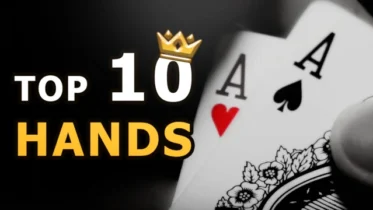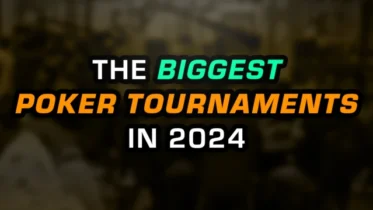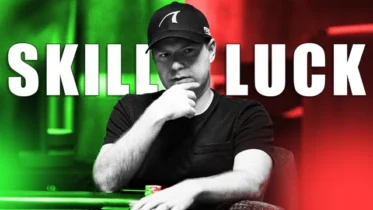If any of my students happen to be reading, they know what a stickler I am when it comes to preflop ranges. Preflop is the most important street in all of poker, as you are required to make a preflop decision every single hand. When you make mistakes preflop, you set yourself up to make mistakes postflop. Most poker players do not allocate enough time to studying preflop strategy and ranges. Personally, I try to study poker ranges for at least one hour each week because I find it that important. The sheer volume of preflop charts can make the prospect of studying intimidating, but if you know the right way to study them you can then use them with confidence.
Remembering Preflop Ranges: Study The Bottom of Your Range
Examining our first chart, consider what your range with an effective stack size of 40 big blinds (bb) on the button. Better yet, consider what the bottom of your opening range is. Below is mine:
Button Raise First In (40 bb Effective)
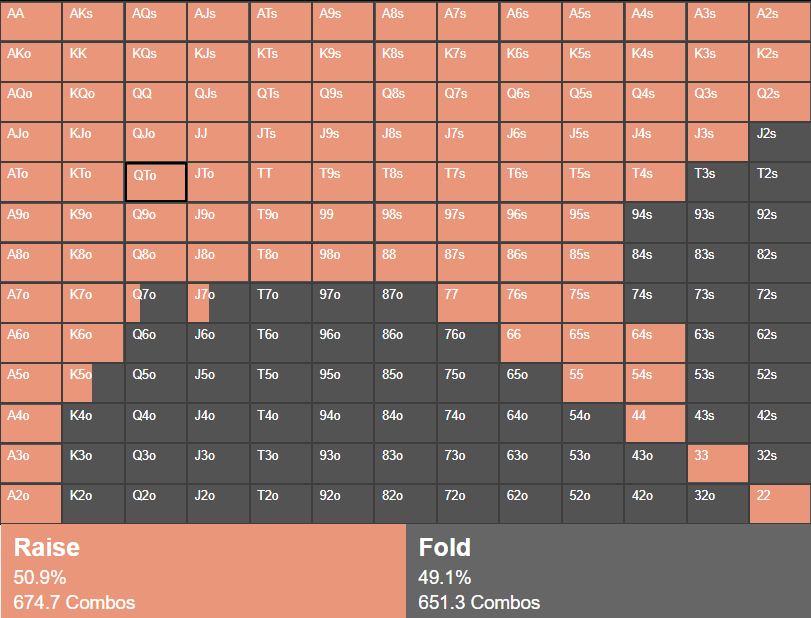
From the button with 40 bb, I’m raising 51% of my range, with the bottom of it being 8-x offsuit hands and suited fives. While you can mix and try to play exactly 51%, it will be much easier if you simply remember these two hands as being at the bottom of your range when you are in this spot.
Studying the hands at the bottom of your range allows you to include all the hands above it and not have to memorize the entirety of every single range. Many players fold hands at the bottom of their range and miss profitable raising opportunities, but by taking the time to study they can make the easy adjustment.
Preflop Range – 40 bb RFI Cutoff
Now let’s consider your 40 bb RFI range, but this time from the cutoff.
Cutoff Raise First In (40 bb Effective)
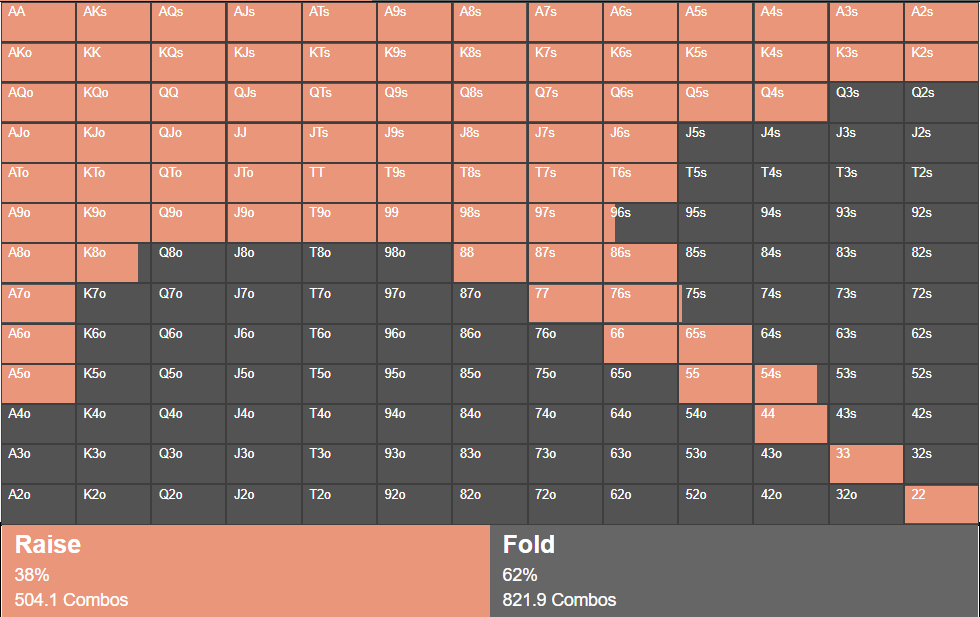
Considering the bottom of your range 40 bb deep in the cutoff, remember these two hands: offsuit nine combos and suited sixes (40% of your range). Just like studying your button raising range, remembering two hands at the bottom of your range is much easier than trying to memorize the whole chart!
Along with effective stack size, your position at the poker table is one of the biggest factors that determines your preflop range. The earlier you have to act preflop, the tighter your preflop RFI range. Much like your RFI range on the button and in the cutoff, memorizing two key hands at the bottom of your range will help you remember the entirety of it. Since we have covered the two key hands for the button and cutoff, here are the relevant hands for the other positions:
RFI Hijack 40 bb Effective: Offsuit 10-X, Suited 7-X
RFI Lojack 40 bb Effective: Offsuit 10-X, Suited 8-X
RFI UTG+1 40 bb Effective: Offsuit J-X, Suited 8-X
RFI UTG 40 bb Effective: Offsuit J-X, Suited 9-X
The smaller your stack size, the stronger the hands at the bottom of your range. Being able to remember two key hands at the bottom of each range and forming your strategy around them will serve you far better than trying to memorize every hand from every preflop chart.
Your Preflop Strategy When Defending The Big Blind
A common spot you will experience is facing a button raise from the big blind. Consider what hands you raise, call, and fold with. Below is the range I use:
Big Blind Vs Button Raise (40 bb Effective)

Even though we are facing a raise as opposed to making one, remembering two specific hands can help us form the entirety of our range. Facing a button raise from the big blind 40 bb effective, the two “bottom of range” hands worth remembering are offsuit 6-X hands and every single suited hand. Now let’s say the cutoff raises as opposed to the button:
Big Blind Vs Cutoff Raise (40 bb Effective)
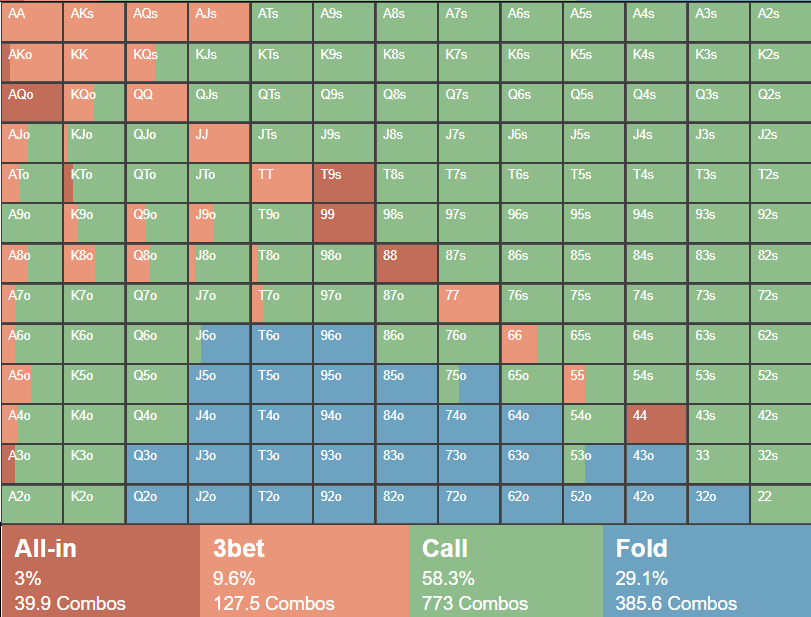
In this spot, the two hands to remember are offsuit 7-X and all suited hands. Just like with your preflop RFI range, your defending range is dependent on the position of the initial raiser, whether that is you or another player.
*Important Note* The poker range charts provided to PokerCoaching.com Premium members assume the preflop raise size of your opponents is 2.2 big blinds. Remember that raise size greatly impacts your defending range, and how you play hands like offsuit combos is heavily influenced by the size of the bet you face.
Your Preflop Strategy Facing A Raise From The Button
Examing a different preflop spot, consider what your calling range looks like facing a cutoff raise when you are on the button (40 bb effective). Hopefully, it looks something like this:
Button Vs Cutoff Raise (40 Big Blinds Effective)

The two key “bottom range” hands to remember are offsuit 10-X hands and suited 8-X hands. You can include some suited hands in your calling range, but only the ones that can make straights.
Now let’s take it to the extreme, consider what your calling range is from the button (40 bb effective) facing an under-the-gun (UTG) raise. How much did it change from your calling range facing the cutoff?
Button Vs UTG Raise (40 Big Blinds Effective)

It may be surprising, but your range doesn’t change that much even though the raise is now coming from an earlier position. The two essential “bottom range” hands you want to remember are offsuit J-X hands and suited 8-X hands. Regardless of the raiser’s position, always call with suited 8’s. You always have position when you call from the button, use it to your advantage and call with suited hands that can flop well.
Your Preflop Calling Range With Players Yet To Act
When you are in middle position facing a raise from the hijack, having players yet to act behind you adds another factor to your preflop strategy. Think about what your range would look like from the cutoff facing a raise from the hijack (40 bb effective).
Cutoff Vs Hijack (40 bb Effective)
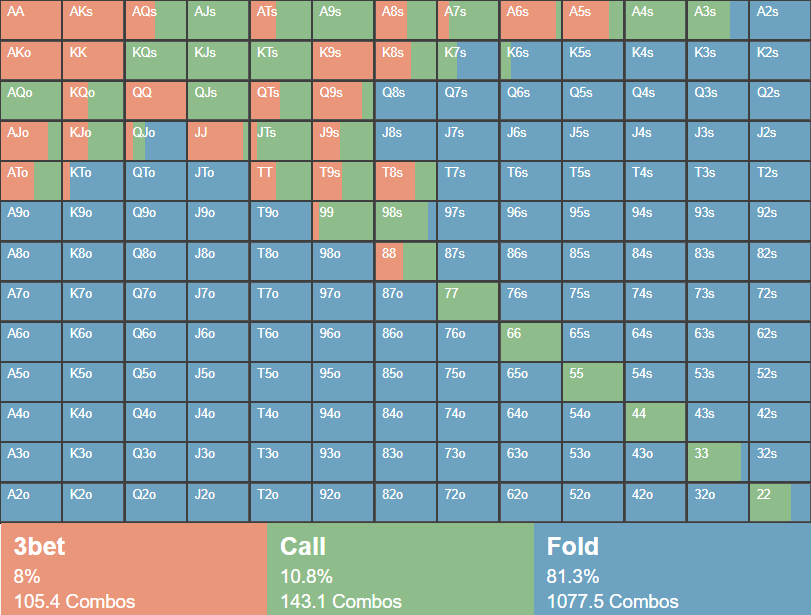
The two “bottom range” hands to remember from the cutoff facing a hijack raise are offsuit J-X and suited 9-X. Regardless of the initial raiser’s position, suited 9-X calling hands stay in your hijack calling range despite calling with less offsuit hands. Notice the pattern of position when considering your preflop calling ranges, especially when it comes to offsuit hands.
Remembering these ranges and applying them requires taking the time to study. While you can choose to try and memorize the entirety of every chart, that requires a lot of effort and may be difficult to implement. However, by simply memorizing the suited and unsuited hands at the bottom of your calling range, you can mentally build out the rest of your range in a matter of seconds.
Studying Your Preflop Three-Betting Strategy
Most poker players have an easy enough time knowing what hands to three-bet preflop for value, but what hands should you three-bet as bluffs? It may sound strange, but the best hands to three-bet bluff with are the worst ones in your range.
Your Three-Bet Bluffing Strategy From The Button Facing A Cutoff Raise
By three-bet bluffing, we are targeting hands at the bottom of our opponent’s range. If we are on the button facing a raise from the cutoff, what would the bottom of the cutoff’s range look like? Recall the two key bottom range hands that make up your 40 bb cutoff RFI range: offsuit 9–X and suited 6-X. If the cutoff has offsuit 9-X and suited 6-X in their range, bluffing with hands one pip better like offsuit 10-X and suited 7-X could induce folds.
Let’s take a look at the cutoff’s range facing a three-bet from the button:
Cutoff Vs Button Three-Bet (40 bb Effective)

Look at the hands the cutoff is supposed to fold, and you will see offsuit 9-X and suited 7-X are folded almost every time! See how referencing just two hands helped formulate the correct three-bet bluffing range? That is how you can apply preflop study strategies in poker tournaments.
Your Three-Bet Strategy Facing A Lojack Raise On The Button
Looking at another three-betting spot, let’s see how we establish a three-betting range by considering the RFI range of the lojack. We know that the bottom of the lojack’s RFI range is offsuit 10-X hands and suited 8-X hands, which helps us formulate the following range:
Button Vs Lojack Raise (60 bb Effective)
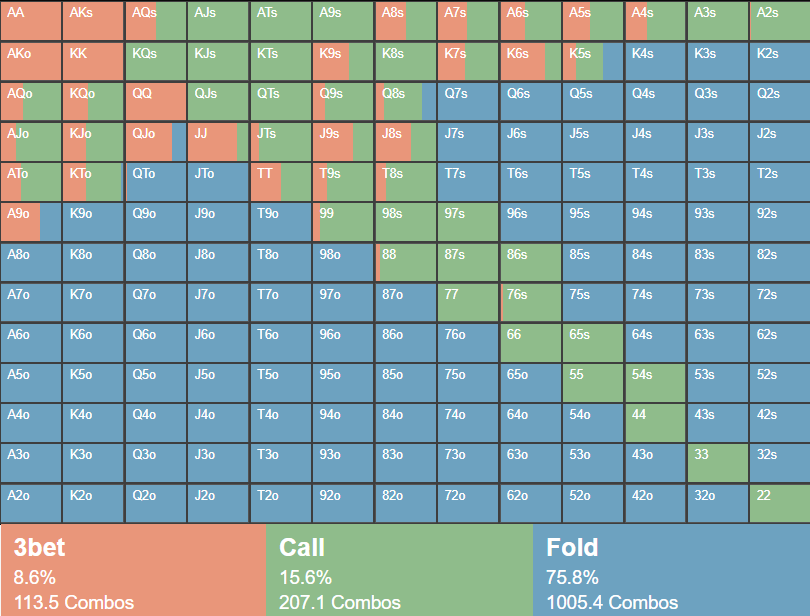
When in this spot, use suited 9-X and unsuited broadway hands to build the bottom of your three-betting range. By having suited 9-X in our range, we unblock the 10-X offsuit hands the lojack will fold when faced with a three-bet. Other than A-9 suited (which is too strong and wants to see a flop), three-bet with your weakest suited hands and your offsuit broadways. Avoid three-betting suited 10-X hands as not only are they strong, but they block the lojack from having foldable hands.
Conclusion: Understand The Value Of Studying Preflop Ranges
Despite how important it is, even the most studious poker players fail to study preflop ranges as much as they should. Mistakes made preflop usually lead to mistakes postflop, rather than make mistakes that cost you money, figure out the study techniques that work for you, and dedicate at least one hour each week to studying preflop ranges. Whether you utilize my study techniques or not, putting in the time will give you an edge over the competition.

